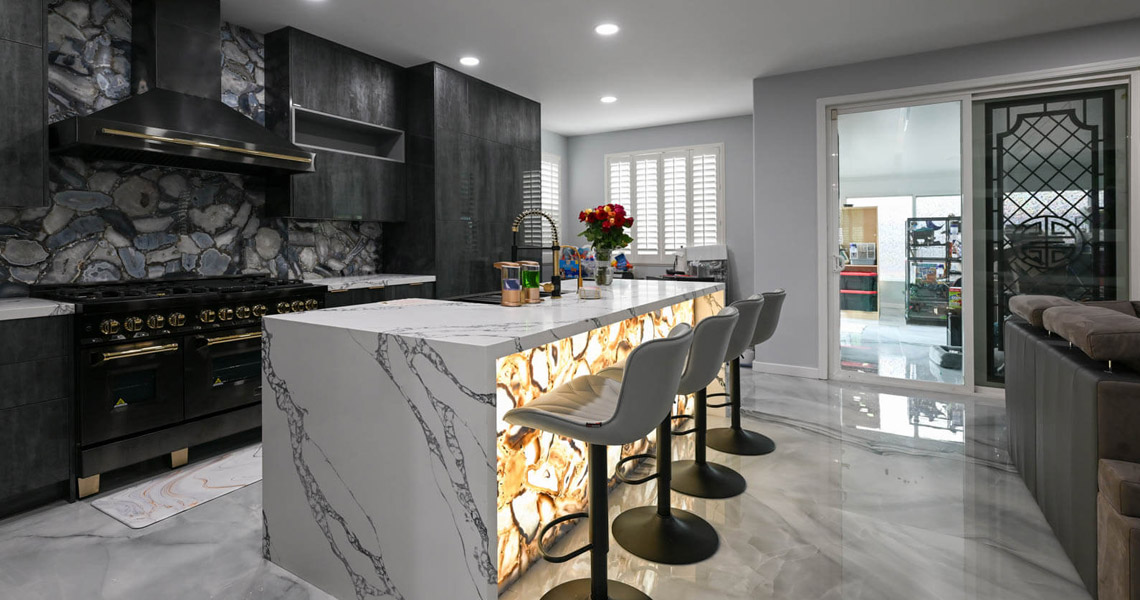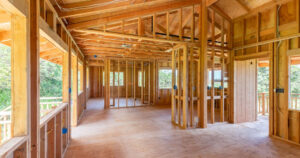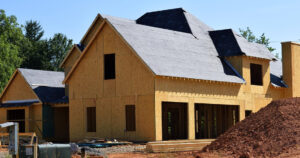Building a custom home can be a dream come true, but if you own property within a homeowners association (HOA), that dream must pass through an extra layer of rules and oversight. So, can you build a custom home if you have an HOA? The short answer is yes, but with important caveats. HOAs have the legal authority to regulate many aspects of your build, from architectural design to landscaping choices. Understanding how HOAs function and how their approval processes work is essential for moving forward with a custom home project.
Understanding HOA Authority
When you buy property governed by an HOA, you agree to abide by a set of rules known as covenants, conditions, and restrictions (CC&Rs). These documents outline what homeowners can and cannot do with their property. While CC&Rs vary by community, they often include clauses about architectural design, exterior finishes, building height, setbacks, roof types, fencing, landscaping, and more. This means even if you own the land outright, you do not have free rein to build whatever you want.
Most HOAs have an Architectural Review Committee (ARC) or Design Review Board responsible for reviewing and approving custom home plans. Submitting to this process is typically mandatory before any construction begins. If you ignore it, you could face legal action or be forced to modify or even demolish unapproved structures.
What HOAs Typically Regulate
Here are some common areas where HOAs exert control:
- Architectural Style: Many HOAs require homes to follow a specific design aesthetic, such as Mediterranean, Colonial, or Craftsman. Your custom home must conform to these visual standards.
- Size and Height: HOAs often set limits on the square footage and number of stories allowed.
- Exterior Materials and Colors: The type of siding, roofing, windows, and paint colors must often be pre-approved.
- Landscaping: HOAs may require specific types of trees, shrubs, or grass, and prohibit others. Xeriscaping, for example, may or may not be allowed.
- Setbacks and Placement: Rules often dictate how far your home must be from the street, neighboring properties, or easements.
The Approval Process
Building a custom home in an HOA-controlled community usually involves several steps:
- Preliminary Meeting: Before drafting plans, meet with the ARC to understand what’s allowed.
- Design Submission: Submit architectural drawings, material samples, and landscaping plans.
- Review Period: The committee reviews your plans, which may take anywhere from a few weeks to a couple of months.
- Revisions (if needed): If your plans don’t comply with the CC&Rs, you’ll be asked to revise and resubmit.
- Final Approval: Once approved, you’ll usually receive written permission to proceed with permitting and construction.
Tips for a Smooth Process
- Hire a Local Architect or Designer: Professionals familiar with the community’s design rules can create plans that are more likely to be approved the first time.
- Stay Transparent: Keep open communication with the HOA and ARC throughout the process.
- Document Everything: Keep copies of approvals, correspondence, and change orders in case disputes arise later.
When You Might Be Denied
In some cases, an HOA may deny a custom home request outright. This can happen if your design drastically diverges from the neighborhood’s standards or if your lot was never intended for custom builds. Some HOAs exist solely to maintain uniformity in tract housing developments, where custom homes are not permitted. If you’re unsure, check the HOA bylaws or consult a real estate attorney.
Yes, you can build a custom home within an HOA, but you’ll need to play by the rules. The process will require more approvals, more documentation, and sometimes compromises on your vision. However, these regulations also serve to protect property values and maintain neighborhood aesthetics. With the right preparation and a willingness to collaborate, your dream custom home can still become a reality, even with an HOA involved.









